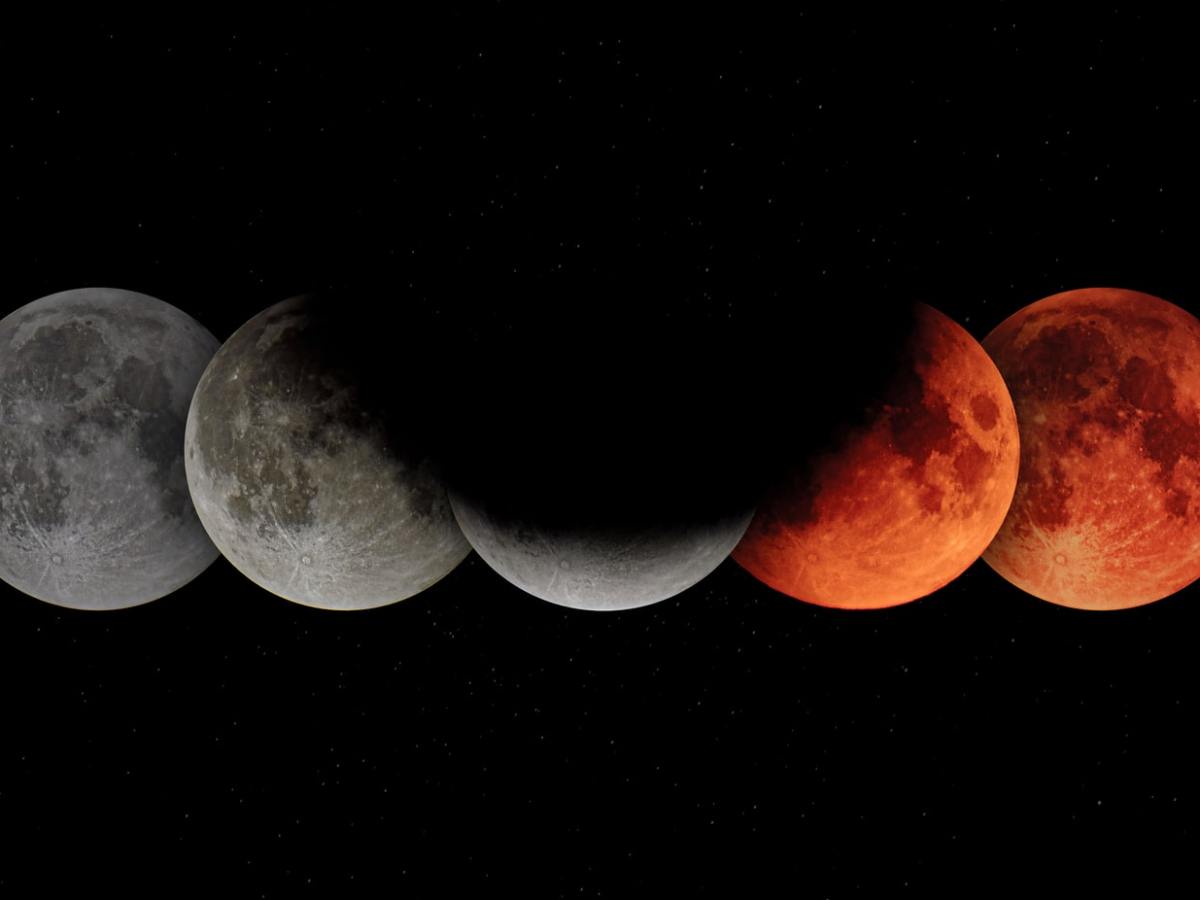The Universe
A Penumbral Lunar Eclipse Is Happening During The Full Moon This July
The third partial penumbral lunar eclipse of this Lunar month coincides with the Buck Full Moon and occurs on July 4/5, ending the eclipse season.

(TMU) – The third partial penumbral lunar eclipse of this Lunar month coincides with the Buck Full Moon and occurs on July 4/5, ending the eclipse season.
June’s Full Strawberry Moon’s partial penumbral eclipse started the eclipse season and was followed by the Annular Solar Eclipse on June 21, where those fortunate to have been in the path of visibility would have witnessed the ‘ring of fire’ at the peak of the eclipse and we finish with the Buck Full Moon on this coming Saturday and Sunday.
The Buck Moon got its name because this is the time when the buck’s antlers are in full growth. July’s Full Moon is also known as the Thunder Moon because of the frequent thunderstorms during the month.
On Earth, we experience an eclipse when the light from the Sun or Moon is blocked by another celestial body, in our case, Earth or our Moon. During a solar eclipse, the Moon passes between the Sun and Earth and blocks the sunlight, casting its shadow over Earth.
A lunar eclipse occurs when Earth blocks the light of the sun from reaching the Moon, casting its shadow onto the moon.
The Moon has no light of its own and is visible from Earth because it reflects the sun’s light. As the Moon passes through Earth’s shadow (umbra), the Sun’s light reflecting off the Moon is dimmed or blocked.
We experience two types of eclipses on Earth, solar and lunar eclipses and each occur during a specific alignments between Earth, the Moon and the Sun.
For a full lunar eclipse to occur, these three celestial bodies need to be perfectly aligned which will result in the Moon passing through the darkest part of Earth’s shadow (the umbra) which covers the Moon completely.
During a penumbral lunar eclipse, they are in an imperfect alignment and the Moon passes through Earth’s outer shadow, the penumbra, and makes the Moon’s light only slightly darker and is often difficult to detect.
Weather permitting, most of North America (excluding Alaska and Canada) and South America will have the best view of the eclipse. In New York City the eclipse will start at 11:07pm on Saturday, July 4, just in time to mark the end of Independence Day celebrations.
The eclipse will reach its maximum at 12:29am on Sunday, July 5, at which point half of the moon’s surface will become slightly darker, after about an hour and a half, at 1:52am, the eclipse will be over.
Posted by The Rabbit Hole on Tuesday, June 30, 2020
While South/West Europe and much of Africa will have visibility at Moon rise on July 5, in some areas in Europe, the event will be fleeting, ranging from a few minutes around the west coast of Greece to Croatia, to just over 38 minutes in London, where it will start at 4:07:23am, reaching maximum at 4:47:13am and visible until Moonset will finish at 4:45:43am.
While the duration of the eclipse will be much longer in Africa, more than 2 hours in total, the moon will be below the horizon by the end of the eclipse.
Unfortunately for those in the East, including India, North/East Europe, Asia, Japan and Australia, the penumbral eclipse will be below the horizon for the duration and not visible at all.
Remember to check and confirm visibility and time for your area by clicking here and set a reminder to look to the skies to view the final eclipse of this Lunar month.
Having three eclipses in one Lunar month is not as rare as it may seem, during the first 50 years of this century, from the years 2000-2050, a total of 14 three-eclipses-in-one-month will occur. The next one will be in 2027.
Typos, corrections and/or news tips? Email us at Contact@TheMindUnleashed.com
